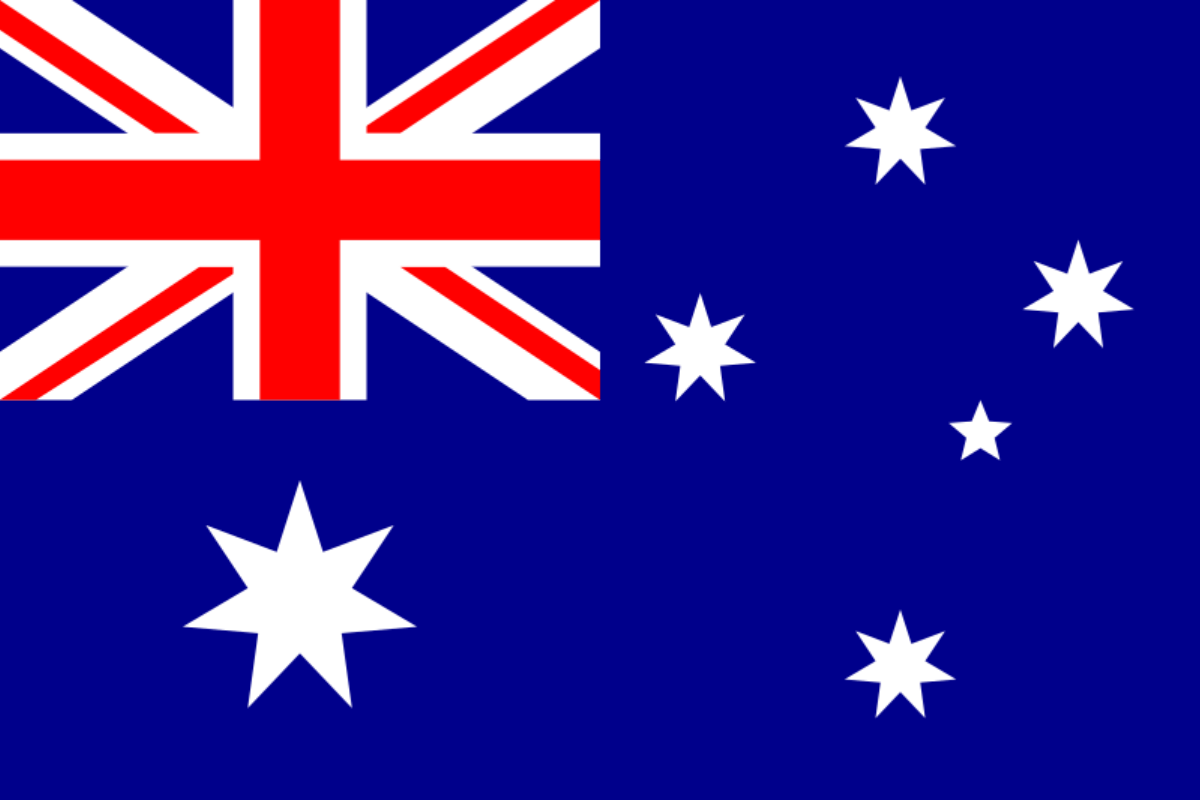The national currency of Australia is the Australian dollar, symbolized as AUD. On 14 February 1966, Australia adopted the dollar, replacing the pound system. The country’s banknotes and coins proudly showcase iconic Australian figures and native wildlife. These serve as symbols of Australia’s unique identity and rich heritage.
The Australian dollar, the backbone of Australia’s robust economy, is more than just currency; it’s a symbol of the nation’s rich cultural and natural heritage.
Introduced in 1966, the switch to the Australian dollar from the pound was a significant step in the country’s financial and national identity development.
Today, the AUD stands as a testament to Australia’s economic stability and global relevance.
Featuring iconic Australian figures and wildlife, each note and coin tells a unique story of the land down under.
Let’s dive into the fascinating world of Australia’s currency.
Let’s get started!

What is the national currency of Australia?
The national currency of Australia is the Australian dollar, commonly abbreviated as AUD.
Officially introduced on 14 February 1966, the Australian dollar marked a significant transition from the previous pound-based system to a decimalized currency, a change known as ‘Decimalisation’.
Each Australian dollar is divided into 100 smaller units known as cents.
This currency is distinguished not only by its economic stability but also by its unique design elements that reflect Australia’s rich cultural and natural heritage.
Australian banknotes and coins feature prominent Australian figures and iconic native wildlife, making them unique symbols of the nation.
The Australian dollar is also recognized globally, playing a significant role in international financial markets as a stable and reliable currency.
This standing reflects Australia’s robust economic position and contributes to its significance in global trade and finance.
How did the Australian Dollar Become the National Currency?
The Australian dollar was introduced on 14 February 1966, replacing the Australian pound.
This change was a significant milestone in the country’s economic history, marking a shift from the traditional British pound system to a decimal currency system.
This transition, known as ‘Decimalisation’, streamlined financial transactions and aligned Australia more closely with the global economy.
The move to the Australian dollar was part of a broader national effort to establish a distinct Australian identity separate from its British colonial past.
The adoption of the Australian dollar not only facilitated easier trade and commerce but also reflected the evolving national consciousness and economic independence of Australia.
Why is the Australian Dollar Important in the Global Economy?
The Australian dollar (AUD) holds significant importance in the global economy, primarily due to Australia’s stable political and economic environment.
As a commodity currency, the AUD’s value often reflects the prices of Australia’s major exports like iron ore, coal, and agricultural products.
This makes it a gauge for global commodity prices.
Additionally, the Australian dollar is one of the most traded currencies in the world, contributing to its prominence in foreign exchange markets.
Its stability and reliability make it a favored choice for international investors and traders.
This global relevance of the AUD not only underpins Australia’s economic strength but also enhances its influence in international financial affairs.
Who Are Featured on Australian Banknotes and Coins?
Australian banknotes and coins feature a range of iconic figures and elements that reflect the nation’s history and cultural diversity.
These include historical figures, such as past prime ministers and social reformers, as well as representations of Australia’s rich Indigenous heritage.
Additionally, the reverse sides of coins often showcase Australia’s unique wildlife, like the kangaroo, echidna, and platypus.
These design choices not only honor significant individuals and aspects of Australia’s heritage but also serve as a daily reminder of the nation’s journey and diversity.
When Did Australia Transition to Decimal Currency?
Australia transitioned to decimal currency on 14 February 1966, a day popularly known as ‘Decimal Day’.
This shift from the pounds, shillings, and pence system to dollars and cents marked a significant change in the nation’s monetary system.
The introduction of the Australian dollar was a key step in modernizing Australia’s economy and aligning it with international standards.
This changeover was a major national event, accompanied by extensive public education campaigns to facilitate a smooth transition.
Where Can the Australian Dollar Be Used Internationally?
Internationally, the Australian dollar is widely accepted and traded.
In addition to its use within Australia, it finds utility in foreign exchange markets globally.
Some neighboring countries and territories, particularly in the Pacific region, accept the AUD alongside or instead of their own currencies.
Its strong presence in international finance and trade makes the Australian dollar a commonly accepted currency in global transactions, reflecting its reliability and stability as a currency.
In conclusion, the Australian dollar, as Australia’s national currency, is much more than just a medium of exchange.
It encapsulates the country’s history, cultural identity, and economic evolution.
The transition to decimal currency in 1966 was a pivotal moment, symbolizing Australia’s growing independence and global integration.
Today, the Australian dollar is not only an essential part of the national fabric but also a significant player in the global economy, reflecting Australia’s stable and influential financial standing.

